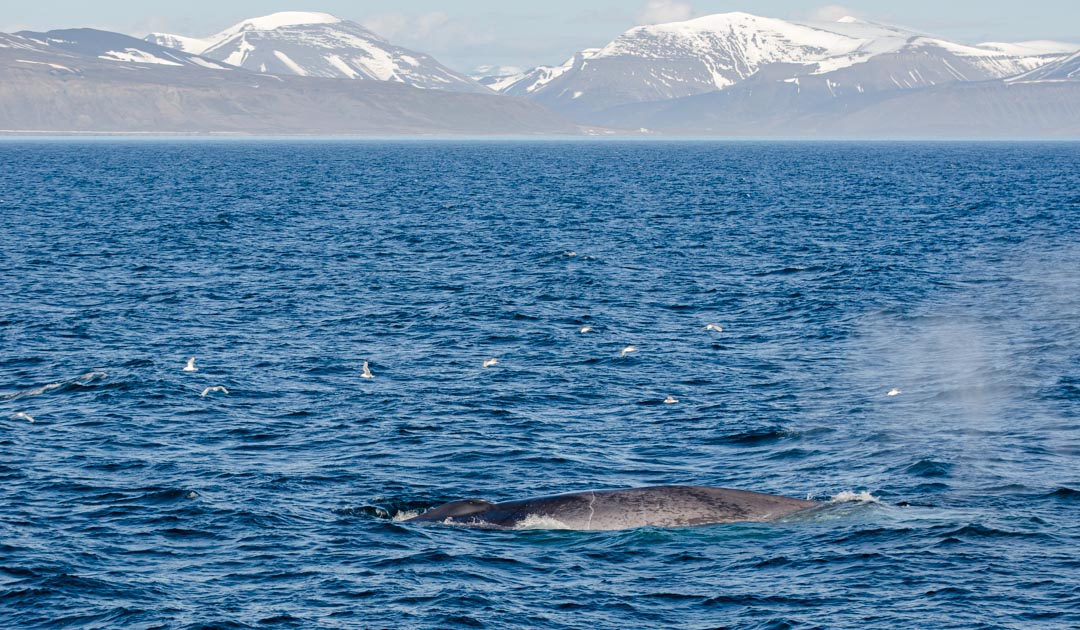
Blue whales form a unique population around Antarctica and CCAMLR should minimise the human impact on the species around the continent, according to a study published in Animal Conservation.
With their 27-metre head and backbone wrapped in flesh and blubber, Antarctic blue whales blow warm air in icy winds. This environment makes them a little different from their congeners in other oceans. But contrary to popular belief, until the publication of a study in the review Animal Conservation on 15 March, this population is not made up of sub-populations, it is a single population. From the Weddell Sea to the Ross Sea, they circulate around Antarctica without individuals being affiliated to any particular region. However, it is not unusual for these animals to remain faithful to a current full of food or to a bay in which to reproduce. So how does this new study come up with a radically opposite result?
Previous analyses were based on a similar number of Antarctic whales, but in this case the researchers added data from other whales inhabiting other oceans. By comparing the genetic make-up of each individual, they realised that among the Antarctic whales were whales from other populations. This skewed the results. They then highlighted a migration rate (between 1 and 4%). So whales are migrating, with the possibility that they are reproducing elsewhere. On a global scale, the study did not identify any inbreeding within the different groups of whales. This could have been the case, because since the end of whaling in 1966, whales have been recovering slowly and have not yet recovered. But other threats are emerging.
In Antarctica, the increase in traffic around the Antarctic Peninsula increases the risk of collision with tourist, fishing and research vessels, not to mention the increase in noise pollution, as well as competition from krill fishermen and the risk of cetaceans being caught in their nets. The study shows that a localised nuisance affects the whole population. “We recommend that national management bodies minimise human activities likely to have an impact on these management groups when blue whales are found within their jurisdiction”, conclude the researchers. In this case, it is the CCAMLR that is responsible for the protection of Antarctic animal species. Management measures are therefore in the hands of the signatory countries of the Antarctic Treaty.
Camille Lin, PolarJournal
Learn more about this topic:





